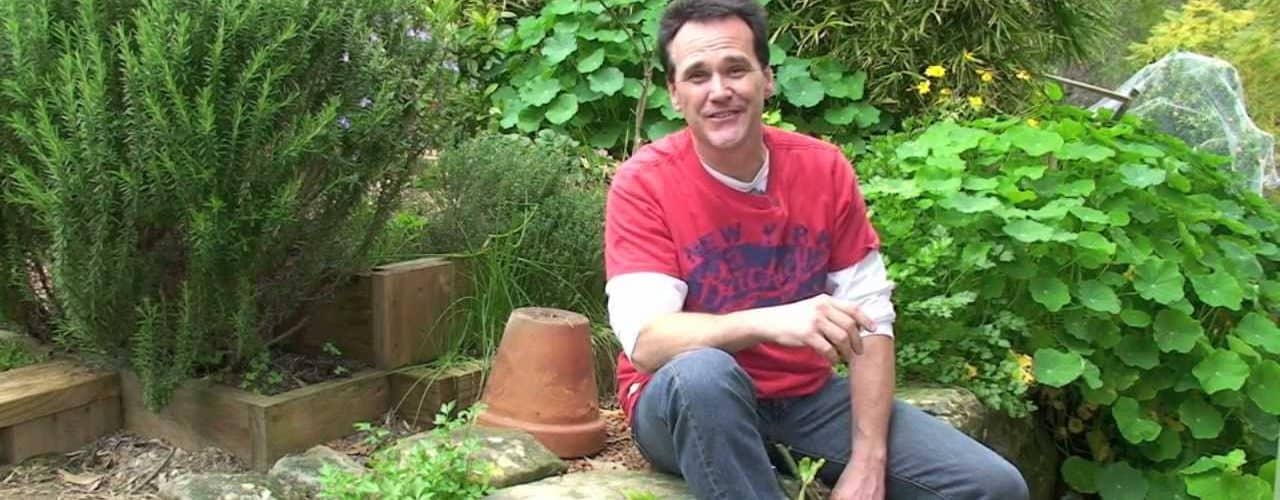Is there a more famous or sought after flower than the rose? Known for its striking beauty and unmistakable scent, it is the flower of choice for Valentine’s Day, first dates, and pageants, but unfortunately, with its potential to develop Black Spot, Rose Rust, or aphid infestations, some gardeners worry that the rose might be a difficult specimen to incorporate. But fear not; don’t shy away from growing this famous flower. Growing roses can be rewarding if you follow a few, proper planting techniques.
Choosing A Rose Bush
Though there are many reputable mail-order/on-line companies, if you are new to gardening or growing roses, it may be best to visit a local nursery where experts can provide you with varieties recommended for your hardiness zone and specific garden conditions. (Locate your temperature hardiness zone at: Backyard Gardener: Zone Map.
Typically, roses require about six hours of direct sunlight on a regular basis; however, there are several varieties that can tolerate, and even thrive in, partial shade, including varieties such as Ballerina, Iceburg, Seafoam, and, perhaps the hardiest, The Knock-Out Rose Radrazz. Roses are also typically rather slow-growing, so for the quickest flowering results, you may want to purchase a 2 – 3 gallon size bush.
Planting Guidelines
The following directions are general guidelines, so be sure to follow specific directions included on your plant’s identification tag.
1. Plant in the spring when the dangers of frost have passed and soil is workable and no longer frozen.
2. Prepare your garden soil. If your soil is overly moist, add sand to improve drainage. (Soil should be able to drain sufficiently, thus reducing opportunity for diseases like black spot and, potentially, root rot.) Also, be sure to add manure or compost to further enrich your soil (Roses love manure, and it is almost impossible to add too much organic material to your garden soil). Perlite is a good additive to prevent too much soil compaction (Apply per package directions.) Rose soil should also be slightly acidic (a pH around 6.5), so you may want to test soil beforehand. If it’s too acidic, add limestone to raise the pH; if it’s too alkaline, add ammonium sulfate. Talk to a local gardening expert for advice, or check out the following website for detailed treatment recipes: Hubpages: Prepare Soil For Your Trees.
3. Dig a hole that is deep and wide enough to accept the plant’s root system. Periodically place the plant within the hole, while in its container, as a digging guide. Don’t plant too deeply, as it should only be buried up to its stem base.
4. Remove the plant from its container. Typically, potted plants’ root systems are root-bound. Lightly trace your finger or a small trowel through the root ball, creating small trenches allowing roots to grow more freely. Remove dead or broken roots with pruning shears.
5. Place the root ball within the hole and carefully move and support the plant until you have positioned it into a straight, well-balanced position.
6. Firmly pack the soil over the roots, up to the very base of the plant, and water deeply. Allow the water to soak completely, then water again.
7. Cover the soil with mulch to inhibit weed growth and protect against erosion. NOTE: Be sure to remove and replace mulch yearly to decrease opportunities for fungus/diseases to take root.
8. Never allow roses to dry out completely. Fertilize and water regularly during the growing/flowering season, but do not allow soil to remain wet.
To watch an expert’s guide to growing roses, watch Ask Mr. Greenthumb’s You Tube Video
<>
<>



